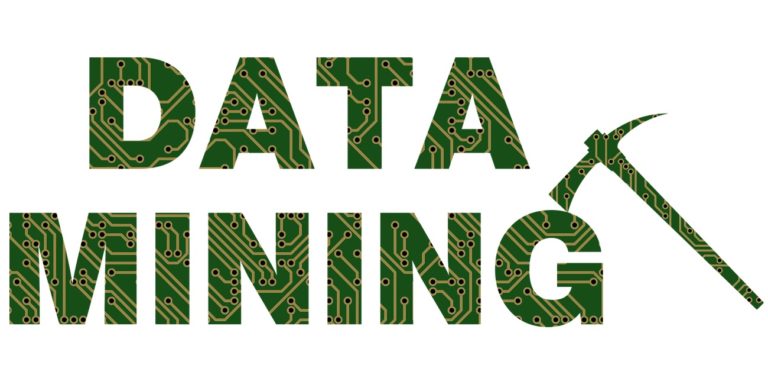

The digital world abounds with terms describing technology and strategies for using the information to which it grants us access. Data mining isn’t so different from the concept of mining itself. Picture workers, deep in the earth, digging through tons of material to extract value.
Data scientists are now in high demand at large companies and governmental agencies. They’re using data to steer strategy and investment of resources. This route offers a convincing return on investment.
You could unearth trends in how your customers behave that fuel long-term growth. You may also discover valuable gems that create a dramatic impact almost immediately. We’re going to discuss what data mining is and how it is used. Then we’ll explore a few ideas about how you may use it to benefit your business.
What is Data Mining?
Data mining not only collects huge amounts of data, it analyzes it. It turns the raw material into usable information. Data scientists employ algorithms to sift through billions of data points and unearth patterns. As The Atlantic puts it, “The sheer scale of this data has far exceeded human sense-making capabilities.” A mathematical formula can pick out patterns or similarities among data points that are either too subtle or too complex for a person.
Crunching the Data
Marketers sometimes drown in data. Our computerized, automated world generates it every second. Here are some of the main ways that businesses collect it.
Databases are ubiquitous storage methods on the internet. They come in different kinds but generally store all kinds of data in a way that allows developers to compare and sort results. When someone samples, or queries, the data in these databases, they get organized information in return. That information can be used to build other sets of data, compared and organized. These “recipes” or algorithms take input data, compare it to something else and then map out the results. Sometimes clear patterns emerge. Other times the information is inconclusive.
When marketers and data scientists spot or guess a pattern, they can start creating a model to support it and test on a larger scale. There are well-documented patterns, as defined here by Microsoft, established for this practice of testing and analyzing the results.
Once a model is well tested, this information begins to influence the way a company operates. Business may build new tools, product offerings or even place orders based on the data they receive. The tools that are developed can also be set to create future reports to monitor if these new attempts are working better because of the data.
How Data Mining Can Help Your Business
There are many ways that data mining can help your business. Here are a few examples of how industries are using it.
Customer Segmentation
It is getting easier and easier to select groups of customers by specific or even abstract criteria. Facebook, for example, offers their lookalike audience tools. A marketer need only ask them to promote an ad to an audience in a different region that looks like the audience you’ve already established. Facebook has done the hard part.
Deals Tailored to Customer Types
Segmenting or typing customers allows retailers to tailor deals. For example, an infrequent but high-spending customer might get a different offer than a frequent, low-spending customer. Use data to tell you which offer to show to whom.
Predicting “Churn”
Utility providers like phone and cable companies expect that customers will change providers periodically, sometimes leaving and returning. They can use data to predict this “churn.” Then, they offer customers the right deals at the right time.
Healthcare
The world of health and medicine changes constantly. Data is private, but also recorded and used internally by the medical system, insurance companies, and government. Having this pool of data available is continuously changing the way that the healthcare system operates.
Puting Data Mining Into Action
From supermarkets to department stores, you can see evidence that our shopping information is getting leveraged constantly to help retailers serve and to sell to us, their customers more effectively. Customers receive ads, coupons, and special offers according to their previous behavior.
Simply put, when you know your audience better you can speak to them more effectively. You will reach new customers and increase customer loyalty. Data mining gets complicated if you go deep, but these practices are accessible even for smaller business owners and leaders. No matter what business you are in, your competitors are likely working to measure and test with data. If you want your company to keep up, data mining is the way to maintain a grasp on what is happening in the market and a way to help you take more informed action.
IMAGE: Gordon Johnson / CC0 Public Domain

